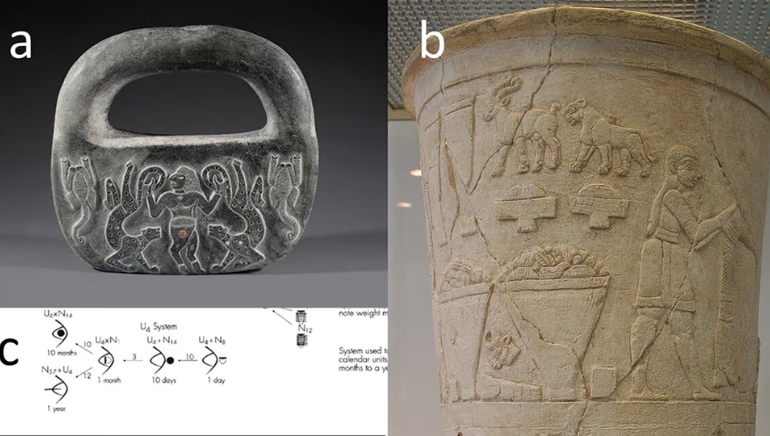Carvings on a stone pillar at Göbekli Tepe in Turkey, going back approximately 13,000 years, could be the world’s oldest sun-and-moon calendar. This calendar, which consists of 365 V-shaped symbols, most likely represents a year with 12 lunar months and an additional 11 days, maybe indicating a significant comet strike.
The pillar’s markings were documented in a July 24 article published in Time and Mind, after being discovered at this southern Turkish site noted for its exquisite temple engravings. Along with the “V” markings, the researchers discovered a sculpture of a “bird-like beast” with a V-shaped mark around its neck, which could represent the summer solstice constellation.
The sculptures, thought to date from around 10850 B.C., could have been used to commemorate a comet strike that could have triggered an ice age, resulting in a cultural transition at Göbekli Tepe. This event may have affected the creation of new religions or cults, as well as agricultural innovations to adapt to colder regions. Martin Sweatman of the University of Edinburgh hypothesised that these early records could represent essential steps towards writing. The symbols resemble those found at another site in Turkey’s Urfa region.















